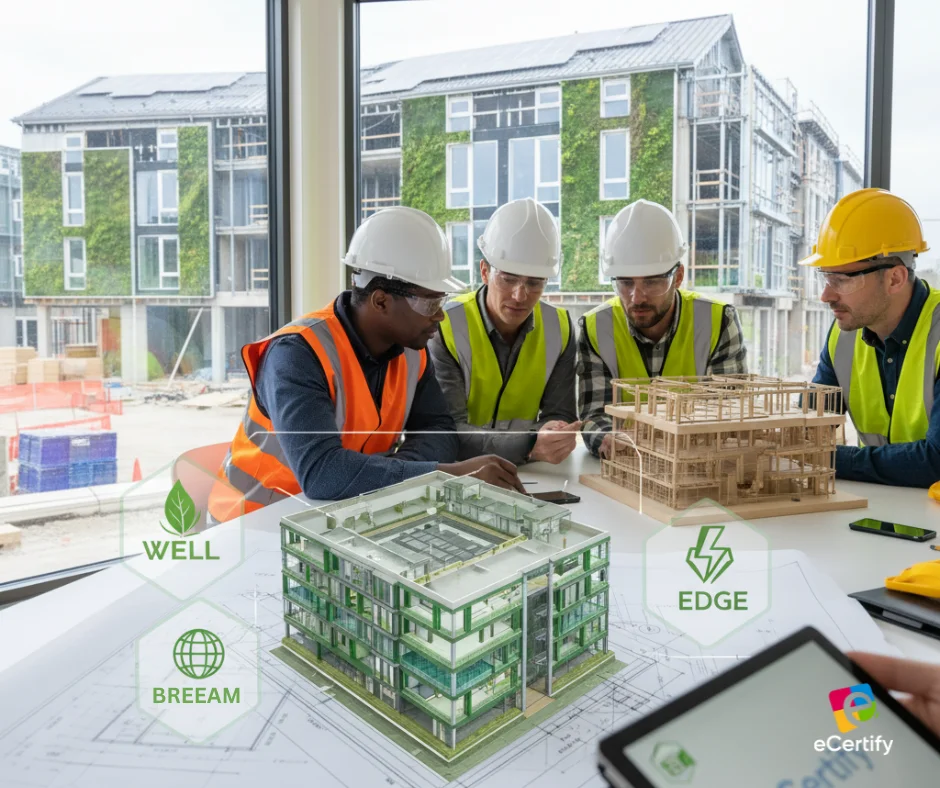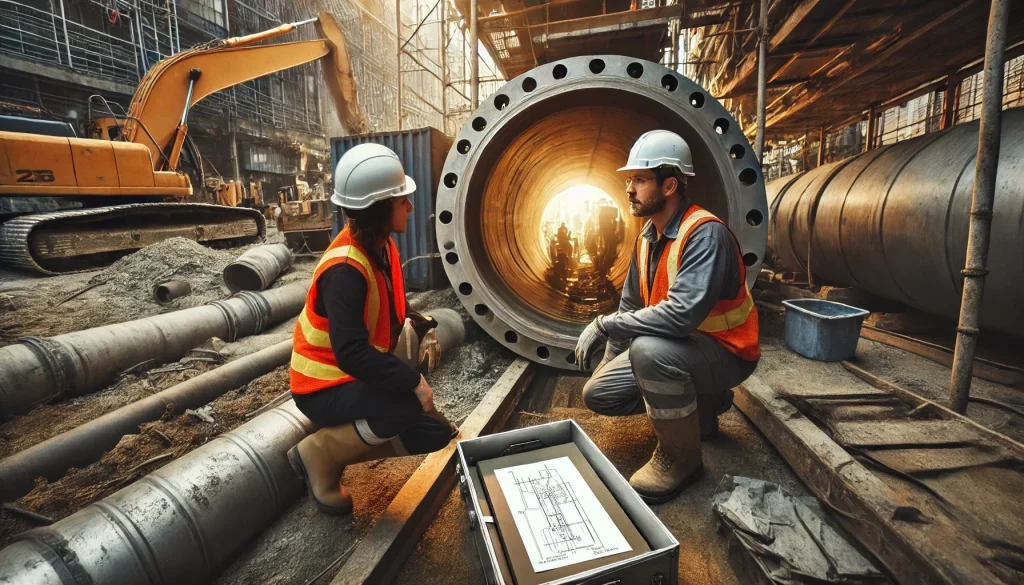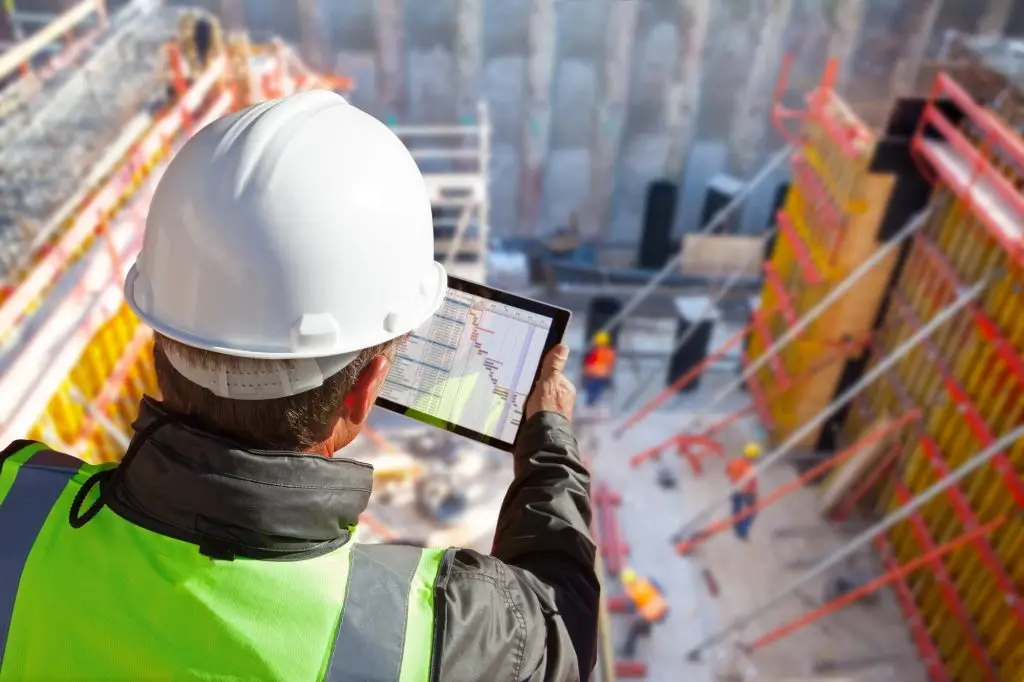🌿 Green Building Certifications Explained: WELL, BREEAM, EDGE
🌿 Green Building Certifications Explained: WELL, BREEAM, EDGE
Exploring eco-certifications beyond LEED and their impact on safety and sustainability.
Sustainability in construction has evolved far beyond energy efficiency. Today, green building certifications play a vital role in shaping how we design, build, and maintain healthier, safer, and more sustainable spaces. While LEED (Leadership in Energy and Environmental Design) often takes the spotlight, other certification systems — WELL, BREEAM, and EDGE — are gaining global recognition for their unique approaches to sustainability and safety.

🌱 The WELL Building Standard
The WELL Building Standard focuses on how built environments impact human health and well-being. It measures key areas such as air quality, water, lighting, fitness, comfort, and mental wellness.
What sets WELL apart is its human-centered approach — emphasizing the health and safety of occupants rather than just energy or resource efficiency.
For construction professionals, WELL principles encourage improved ventilation, reduced exposure to pollutants, and better material choices — all of which contribute to safer, more productive work environments.
🌎 BREEAM (Building Research Establishment Environmental Assessment Method)
Originating from the UK, BREEAM is one of the oldest and most comprehensive sustainability assessment methods. It evaluates buildings based on factors like energy use, materials, water, waste, and innovation.
BREEAM-certified projects integrate efficient resource management with robust safety protocols throughout construction and operation. Its framework aligns well with international sustainability goals and supports long-term operational safety by reducing building risks associated with poor environmental performance.
⚡ EDGE (Excellence in Design for Greater Efficiencies)
Developed by the International Finance Corporation (IFC), EDGE is designed for fast-growing markets. It focuses on measurable efficiency improvements in energy, water, and material usage — helping builders achieve sustainable results with clear, data-driven insights.
EDGE-certified projects not only reduce carbon footprints but also foster cost-effective safety innovations, such as improved insulation and water systems that minimize site hazards and maintenance risks.

🏗️ Safety Meets Sustainability
Each of these certifications — WELL, BREEAM, and EDGE — extends sustainability to the people behind the projects. They encourage safer work practices, cleaner environments, and smarter resource use. When safety and sustainability intersect, the result is a healthier workforce, reduced operational risks, and more resilient infrastructure.
💡Green Building Certifications: Why It Matters for You
For construction professionals and project managers, understanding these certifications goes beyond compliance — it’s about future-proofing your career. As sustainable construction becomes the global standard, knowing how these systems work can help you align projects with client expectations, improve safety outcomes, and demonstrate environmental leadership.
At eCertify, we empower professionals to stay ahead of the curve through courses that support sustainable, safe construction practices. Because when we build smarter, we create safer.



